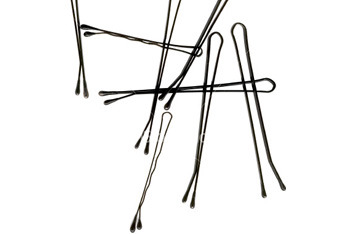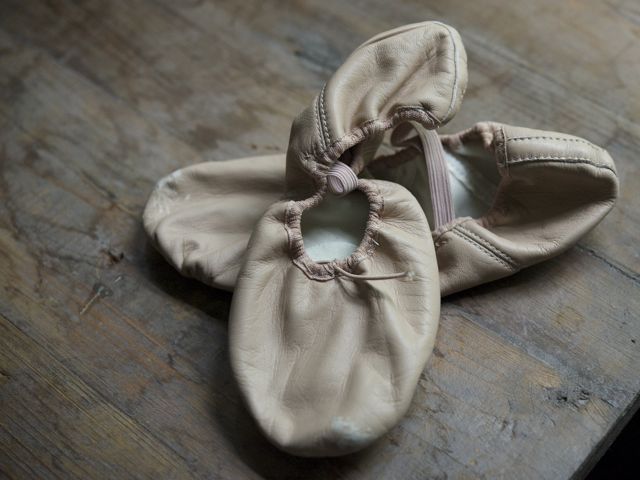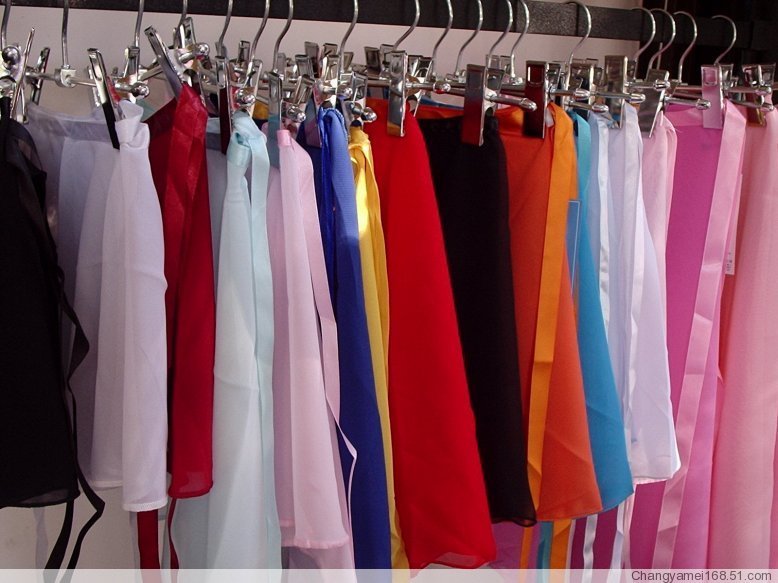Summer Intensives. again.
Since I had a lot of time to think today (9 hour flight. alone.) I thought I would make a summer intensive dress code kind of post.Generally you could say if you wouldn't wear it in class - don't wear it in your intensive.
Some SI have a special dress code (pink tights, black leotard, sometimes a wrapping skirt) some don't. I love it when they don't have a dress code because it enables you to wear the combinations you like.
One special tip I would have is: If the SI has a placement class in the beginning, wear something that makes you pop out of the crowd. BUT with that I do not mean that you should wear a neon pink leotard and neon green tights. I am talking about something classy and appropriate. If colour is allowed this would be an example:
 |
| pink tights, lavender leotard and wrapping skirt (looks darker in the photo) |
Other than the "special outfit" bring something you feel SUPER comfortable in, your favourite leotard.
For me it is this one:
 |
| Black leotard with cut out in the back |
Also you might want to bring a short sleeved leotard in case the studio is a little chill:
 |
| Short sleeved leotard with velvet top |
And obviously you should bring a plain black sleeveless leotard.
If wrapping skirts are allowed I would always wear one. Those skirts make the legs look longer and the shape of the body more slender.
In addition to a normal black or white one you could bring a fun one.
I brought a new one I really like. The skirt sits on the hips and has an elastic waist:































